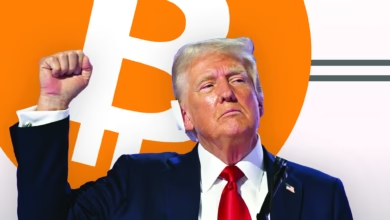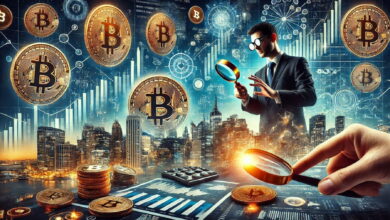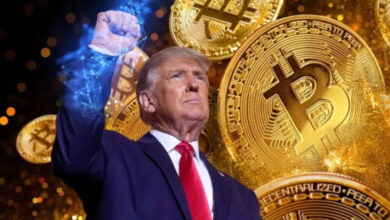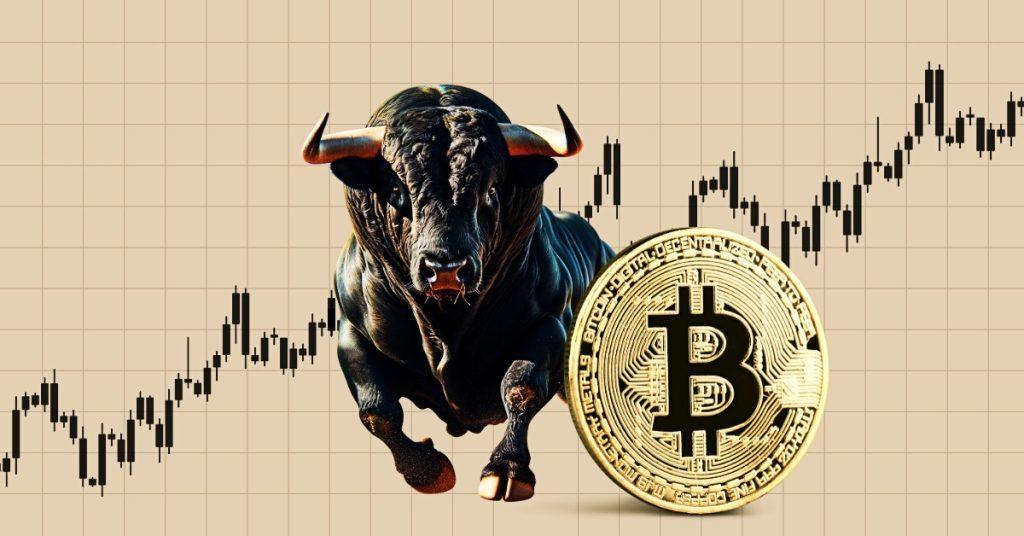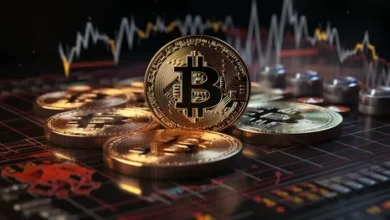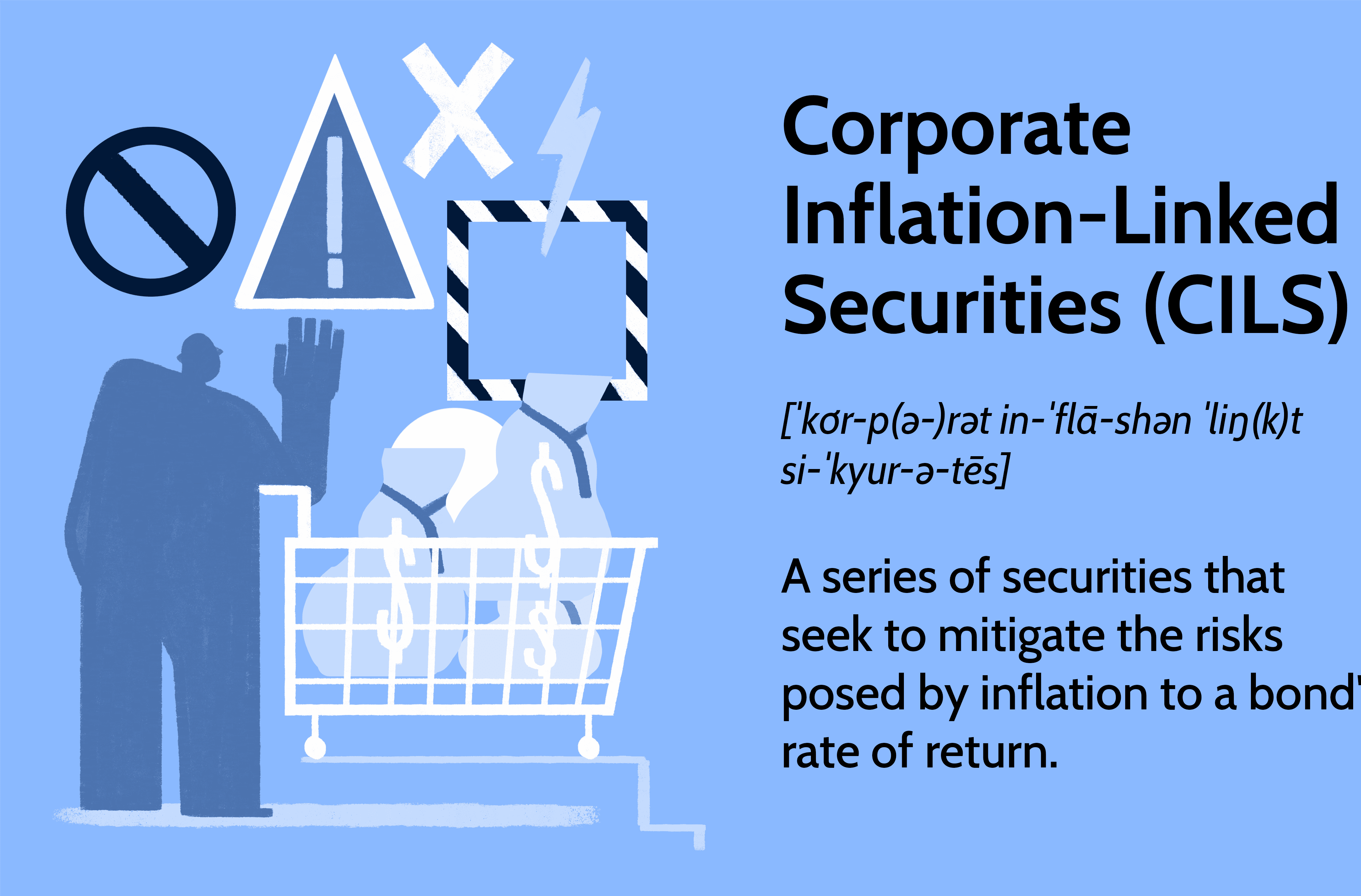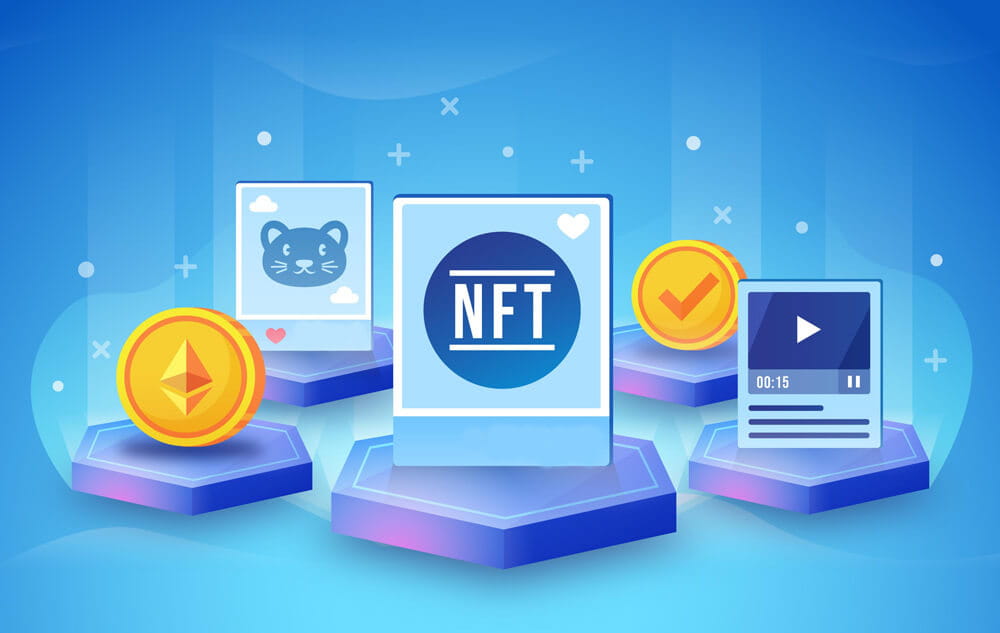
What to Expect from the NFT Marketplace in 2025
NFT Marketplace in 2025: The world of Non-Fungible Tokens (NFTs) has come a long way since its explosive rise in 2021. From digital art and collectibles to virtual real estate and gaming assets, NFTs have revolutionized the way we view ownership and value in the digital realm. As we move into 2025, the NFT marketplace is expected to continue evolving, bringing with it new trends, technologies, Biggest Cryptocurrency Crimes in 2025, and opportunities. Here’s what you can expect from the NFT marketplace in the coming years.
1. Mainstream Adoption and Integration
In 2025, NFTs will likely move further into the mainstream. While technology has already found a niche in art, collectibles, and gaming, we can expect to see NFTs being integrated into more traditional industries such as music, fashion, sports, and even real estate.
Music artists, for instance, could release albums, exclusive tracks, or concert tickets as NFTs, allowing fans to own a unique piece of their favorite artist’s work. Similarly, the fashion industry may embrace NFTs to offer digital garments or limited-edition designs. Sports organizations might create NFTs that grant exclusive access to live events or highlight reels. The possibilities are endless as more industries explore the potential of NFTs to enhance fan engagement and create new revenue streams.
2. Enhanced User Experience
One of the barriers to mass adoption has been the complexity of buying, selling, and storing NFTs. However, as we approach 2025, expect a much smoother and user-friendly experience. Platforms will continue to streamline the process, offering simple interfaces for both new and experienced users.
We may also see NFTs being integrated directly into social media platforms, making it easier for users to buy, sell, or showcase their NFTs without having to navigate complex third-party marketplaces. This seamless integration could result in greater accessibility for everyday users, making the process of interacting with NFTs as easy as liking a post on Instagram.
3. Environmental Impact and Sustainability
The environmental concerns associated with NFTs, particularly those built on energy-intensive blockchains like Ethereum, have been a hot topic in recent years. However, by 2025, we are likely to see a shift toward more sustainable blockchain technologies.
Proof-of-stake (PoS) protocols, which consume far less energy than the traditional proof-of-work (PoW) model, are expected to become more dominant. Many NFT projects and platforms will likely adopt eco-friendly solutions, reducing the carbon footprint of the entire NFT ecosystem. This shift toward sustainability will help address concerns and make NFTs more acceptable to a broader audience.
4. Interoperability Across Platforms
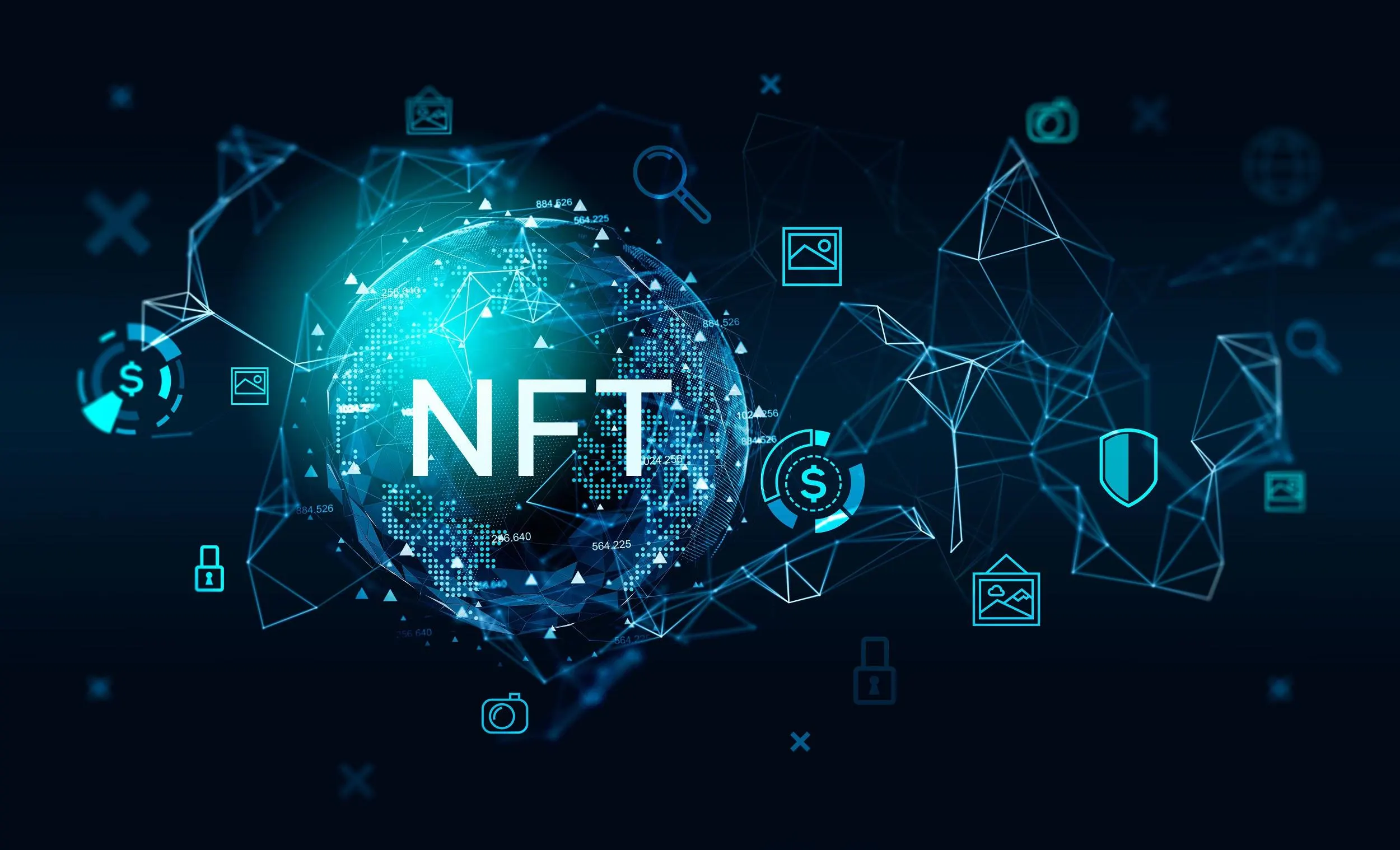 Interoperability—the ability for NFTs to be used across different platforms and ecosystems—will be a key feature of the NFT marketplace in 2025. Currently, NFTs are often confined to specific platforms or blockchain networks, limiting their functionality and appeal. However, as the technology matures, expect to see increased interoperability, allowing NFTs to be used in a wide range of virtual environments, games, and applications.
Interoperability—the ability for NFTs to be used across different platforms and ecosystems—will be a key feature of the NFT marketplace in 2025. Currently, NFTs are often confined to specific platforms or blockchain networks, limiting their functionality and appeal. However, as the technology matures, expect to see increased interoperability, allowing NFTs to be used in a wide range of virtual environments, games, and applications.
For example, an NFT item purchased in one virtual world could be used in another, or an artwork bought as an NFT could be displayed across different platforms, creating a more cohesive digital experience. This increased interoperability will make NFTs more valuable and versatile, enhancing their utility beyond simply being collectible items.
5. NFTs in Virtual Real Estate and the Metaverse
The metaverse—a collective virtual shared space—has been a hot topic in recent years, and NFTs are playing a crucial role in its development. By 2025, the metaverse is expected to be more immersive and expansive, with virtual real estate becoming a hot commodity. NFTs will serve as proof of ownership for virtual properties, enabling users to buy, sell, and develop land in the metaverse.
The rise of virtual reality (VR) and augmented reality (AR) technologies will further enhance the metaverse experience, making virtual spaces feel more lifelike and interactive. As businesses, creators, and consumers flock to the metaverse, the demand for virtual real estate and NFT-based assets will likely surge, creating a thriving economy in the digital realm.
6. Innovations in NFT Utility
While NFTs have primarily been seen as collectibles, their utility is set to expand significantly by 2025. NFTs will evolve from simple ownership certificates to multi-functional assets that provide real-world benefits.
For example, NFTs could serve as access passes to exclusive events, membership clubs, or even special offers from brands. They may also represent tokenized ownership of physical assets like real estate or luxury goods, bridging the gap between the digital and physical worlds. The fusion of NFTs with the Internet of Things (IoT) could even lead to NFTs being tied to smart devices or everyday products, creating a new layer of ownership in the digital age.
7. Improved Security and Fraud Prevention
As the NFT space grows, so does the need for enhanced security measures. By 2025, we can expect to see more sophisticated systems to prevent fraud and safeguard the ownership of NFTs. Blockchain technology’s inherent security features, such as transparency and immutability, will continue to play a central role in protecting users, but additional layers of security, such as multi-factor authentication (MFA) and decentralized identity systems, will be implemented.
Conclusion
The NFT marketplace in 2025 is set to be an exciting and dynamic space. As technology continues to evolve, we can expect a more user-friendly, sustainable, and interconnected ecosystem that extends beyond art and collectibles into various industries. Whether you’re a creator, collector, or investor, the future of NFTs holds endless possibilities for growth and innovation. Keep an eye on these trends, as they will shape the NFT landscape in the years to come.
[sp_easyaccordion id=”5488″]
